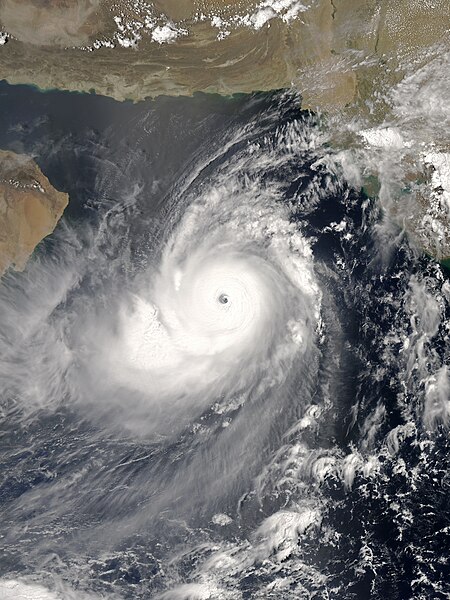1940s North Indian Ocean cyclone seasons
The years between 1940 and 1949 featured the 1940s North Indian Ocean cyclone seasons. Each season was an ongoing event in the annual cycle of tropical cyclone formation. The North Indian tropical cyclone season has no bounds, but they tend to form between April and December, peaks in May and November. These dates conventionally delimit the period of each year when most tropical cyclones form in the northern Indian Ocean. Below are the most significant cyclones in the time period. Because much of the North Indian coastline is near sea level and prone to flooding, these cyclones can easily kill many with storm surge and flooding. These cyclones are among the deadliest on earth in terms of numbers killed. On 27 April 1949, India Meteorological Department (IMD) became a member of the World Meteorological Organization after independence.
season summary
season summary
season summary
season summary
North Indian Ocean tropical cyclone
In the Indian Ocean north of the equator, tropical cyclones can form throughout the year on either side of the Indian subcontinent, although most frequently between April and June, and between October and December.
Very severe cyclonic storms (Luban and Titli) over the Arabian Sea and the Bay of Bengal in October 2018
This ESSA 3 satellite image was taken on November 3, 1966, at 0819 UTC of a tropical cyclone striking Madras, India
The 1999 Odisha Cyclone making landfall over Odisha in 1999.
Cyclone Gonu at its peak in 2007.








